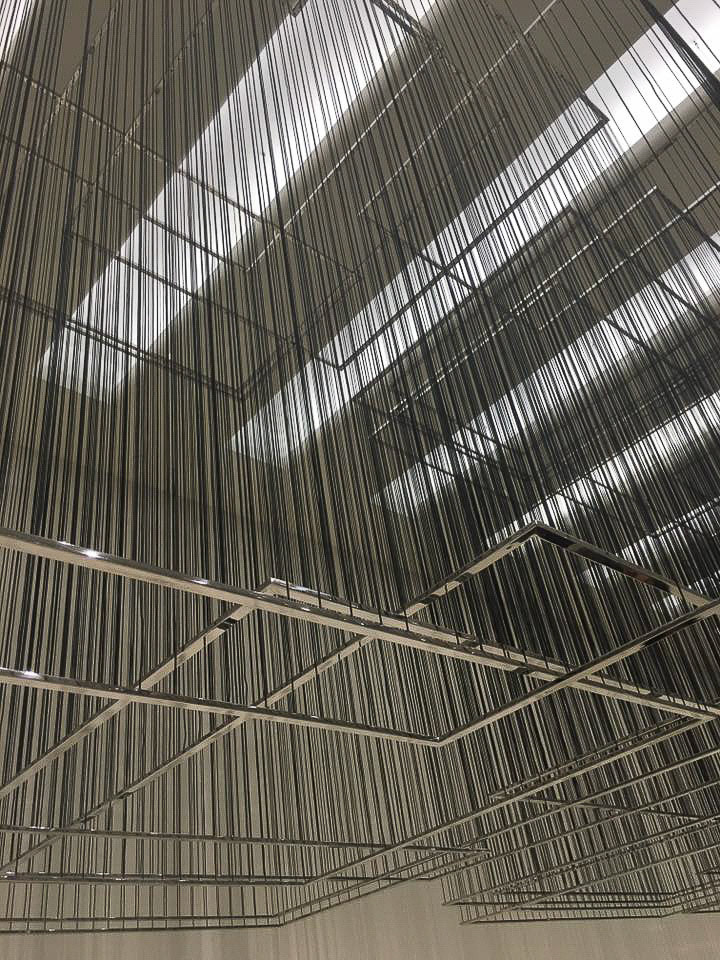Flying Carpets (2011). Rubber and Steel. Solomon R. Guggenheim Museum, New York. All rights reserved. Photo: David Heald





From the legendary stories of King Solomon to One Thousand and One Nights and Hollywood’s Thief
of Baghdad (1924), the image of the flying carpet has entered popular imagination as one of most universally recognised symbols of the Orient. Flying carpets describe a boundless and unrestricted mode of travel and freedom. It is this characteristic that interests the artist in relation to the carpets used by hawkers who sell counterfeit goods on the streets of Venice. In stark contrast to the freedom embodied by the symbol of the flying carpet, the mobility of the street sellers is greatly restricted.
of Baghdad (1924), the image of the flying carpet has entered popular imagination as one of most universally recognised symbols of the Orient. Flying carpets describe a boundless and unrestricted mode of travel and freedom. It is this characteristic that interests the artist in relation to the carpets used by hawkers who sell counterfeit goods on the streets of Venice. In stark contrast to the freedom embodied by the symbol of the flying carpet, the mobility of the street sellers is greatly restricted.
Of mainly African, Arab or South Asian descent, the peddlers also use their carpets to bundle together their goods in order to flee from the authorities. Nadia Kaabi-Linke’s installation gives expression to the socio-political predicament of the hawkers. In her work, geometric metal forms, derived from stencil outlines of the hawker’s carpets, are suspended by cascades of hanging thread. Hovering in space like a floating cage, the work takes the shape of a bridge, Il Ponte del Sepolcro in Venice, where the artist spent a 8-day period documenting the activities of the street sellers. With beauty and fragility the work underlines what is, in effect, a day-to-day sense of confinement experienced by the hawkers as they clandestinely ‘move’ from place to place.
Sharmini Pereira, "Nadia Kaabi-Linke – Flying Carpets, in Footnote to a Project – The 2011 Abraaj Capital Art Prize, Dubai 2011, p. 314.